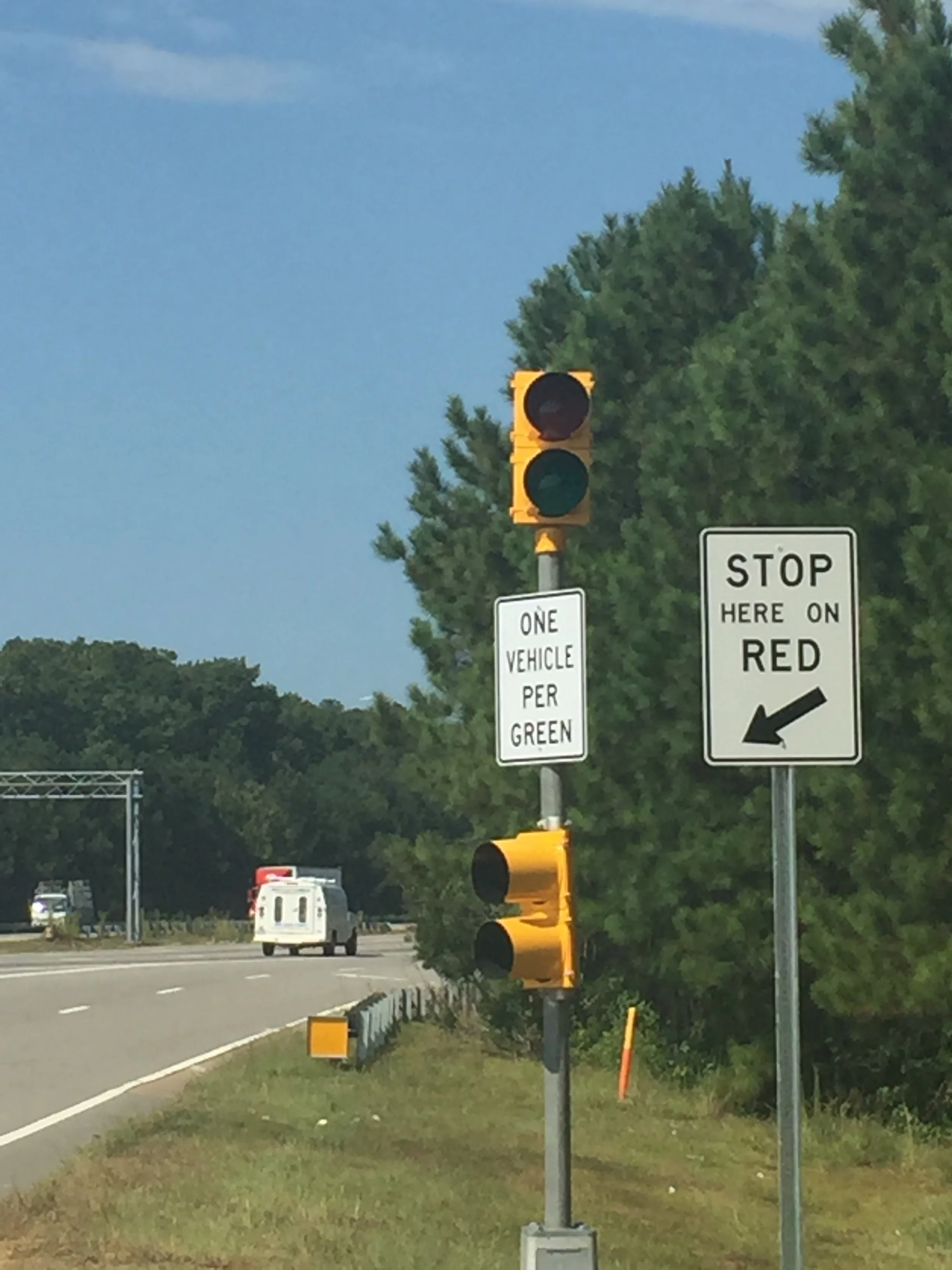Let’s accelerate 540, part 3: where autonomy meets opportunity
As automated technology advances in transportation, an ongoing question will be how existing and proposed highways will perform as automated vehicles emerge, and then become an increasing part of our vehicle mix.
The Triangle Expressway in southern Durham and western Wake counties, and its imminent extension to I-40 and the US 70 Clayton Bypass, will be well suited for testing the opportunities of automated vehicles and leveraging the benefits that the new technology will provide over time—for both drivers and transit users and operators.
Thanks to the advanced technology of our turnpike, a strategic regional location, along with a commitment to flexible and scalable transit investments, the existing and extended 540 expressway will be an increasingly important part of our growing region’s future, at whatever pace automated technology evolves.
The turnpike and the technology
Why the Triangle Expressway? For starters, it is clear that freeways will typically be among the easiest places to pilot increasing levels of autonomy due to limited access, generous design standards, an absence of at-grade intersections, a lack of pedestrians, and so on. Our Turnpike is actually one of the most advanced freeways in the country, with an extensive fiber optic and camera network, fully electronic toll readers that accept transponders from multiple toll agencies, and other 24/7 monitoring systems. In fact, the Triangle Expressway turnpike has been named by USDOT as one of only ten designated automated vehicle proving grounds in the United States.
The NC Turnpike Authority is actively seeking companies willing to test autonomous vehicles so that our region and state can learn what adjustments could be needed to advance and optimize success of the new technology for all members of the traveling public.
A strategic location with collaborative partners
As NCDOT noted in its news release announcing the selection of Triangle Expressway as an autonomous proving ground in 2017, the Research Triangle region is a particularly ideal location given the presence of America’s largest research park – RTP, served directly by the Turnpike – as well as three tier 1 research universities. The Turnpike has established partnerships with five area universities that are ready to conduct research on autonomous vehicle testing on Toll 540/147, and other partners - including the Regional Transportation Alliance business coalition - are supporting the effort.
The benefits to expanding transit
The many benefits of automation will not be limited to just drivers and commuting. Over time, some of the largest potential benefits of autonomous vehicles will accrue to operators and users of transit.
When autonomous vehicles become a reality for transit buses, this will lessen the primary source of transit operating costs, and free up transit funding for more bus routes and/or higher frequency on those routes. New and expanded transit routes could take advantage of the accelerated extension of 540 and its interconnectivity with five other regional freeways. In fact, buses use portions of the existing Turnpike system today to bypass peak hour congestion.
Fortunately, the Triangle Expressway extension to I-40 and then to I-87 (US 64 bypass) will be located in a county that has recently approved a robust, flexible transit plan that can leverage new and improved roadway connections to provide more mobility options. Approved Wake Transit funds are significant – around $100 million a year in new, locally-controlled funding for enhanced transit – which will continue after the existing, approved 10-year Wake Transit plan is complete by 2027. The ongoing commitment of dedicated transit funding and a focus on flexible, scalable improvements perfectly positions our area to greatly enhance transit accessibility by utilizing key regional connectors like the Triangle Expressway and extension along with other existing and enhanced roadways.
While the future is not certain, the need for 540 is
In a growing area like the Triangle with multiple employment centers, freeways will continue to be critical for regional travel – with or without autonomous vehicles.
Having a new, high-speed, stoplight-free conduit across southern Wake County will enable Johnston, Wake, Chatham, Durham, and Orange counties to enhance timely connectivity and regional accessibility as the market grows. This will help places like Pittsboro in the southwestern Triangle and Smithfield in the southeastern Triangle access existing and future destinations in reliable, minimum amounts of time without having to rely exclusively on I-40 or extended regional travel on secondary roads. Those communities were established prior to Raleigh itself, and accelerating vital connections like 540 while preparing for autonomous technology will bring us all together going forward.
Let’s accelerate 540.
Joe Milazzo II, PE, Executive Director, Regional Transportation Alliance
RTA is the voice of the regional business community on transportation





